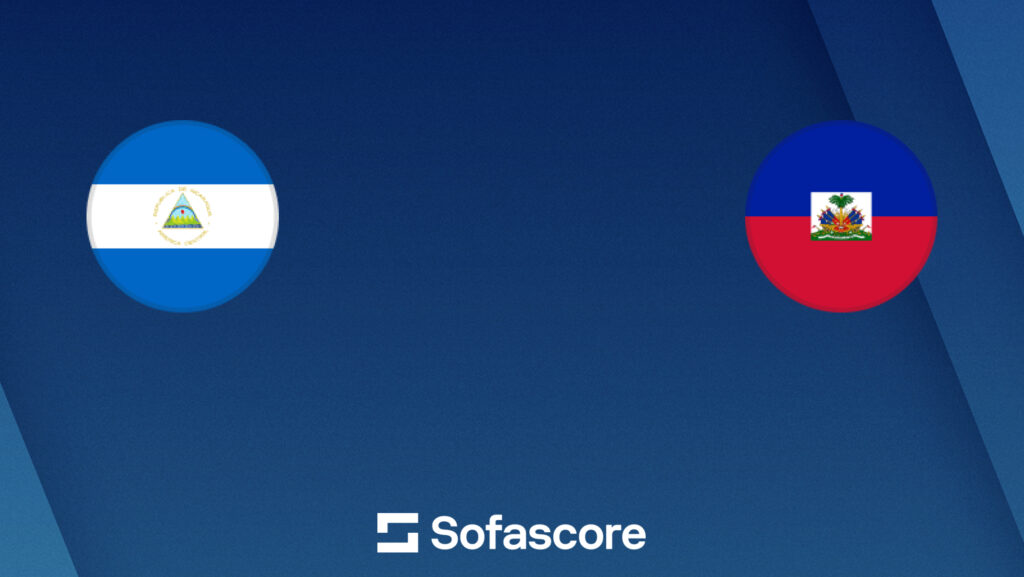
Introduction
The geopolitical landscape of Latin America and the Caribbean is ever-changing, particularly when examining two nations as distinct as Nicaragua and Haiti. Both countries face unique challenges that affect their social, political, and economic trajectories. Understanding the recent developments in these nations is vital for grasping the broader context of regional stability and international relations.
Current Political Climate
Nicaragua, under the leadership of President Daniel Ortega, has experienced significant political unrest in recent years, particularly since the controversial 2018 protests against alleged authoritarianism and corruption. The government has been accused of suppressing dissent, leading to increased international scrutiny and condemnation. In 2023, Ortega’s administration tightened its grip on power, arresting opposition leaders and further curtailing media freedoms.
In contrast, Haiti has been grappling with a dire political crisis characterized by instability and violence. Since the assassination of President Jovenel Moïse in July 2021, the Caribbean nation has struggled to establish a coherent government, with various gangs controlling significant parts of Port-au-Prince. The situation worsened in 2023 as political divisions deepened, and humanitarian needs skyrocketed, leading to calls for international intervention.
Economic Challenges
Both Nicaragua and Haiti face severe economic challenges exacerbated by political turmoil. Nicaragua’s economy is heavily reliant on agriculture and remittances, but growing international isolation due to its human rights violations threatens to undermine its economic stability. The International Monetary Fund (IMF) projected a modest growth rate for Nicaragua in 2023, but the potential for further sanctions and external pressures could impede these forecasts.
Haiti, on the other hand, has seen its economy severely crippled by gang violence and limited governmental structure. With inflation rates soaring and basic services becoming increasingly scarce, many Haitians face dire economic conditions. The absence of a functional government has hampered efforts to facilitate foreign investment and aid, making the situation ever more precarious.
Conclusion
The comparison of Nicaragua and Haiti reveals two nations at critical crossroads, each grappling with its own set of challenges. Nicaragua’s continued political repression poses risks not only to its citizens but also to regional stability, while Haiti’s struggle for governance and order has created a humanitarian crisis demanding urgent attention. As both countries navigate their respective crises, the international community’s engagement will be crucial in influencing their futures. Monitoring the developments in Nicaragua vs Haiti will be essential for stakeholders aiming to foster stability and enhance cooperation in the region.

